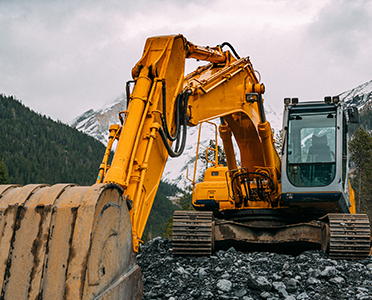The Growing Role of Drones in Modern Agriculture
In recent years, unmanned aerial vehicles (UAVs), commonly known as drones, have revolutionized various industries. One area where drones are making significant strides is agriculture. Their versatility, precision, and efficiency have led to widespread adoption by farmers and researchers alike. In this article, we explore the diverse applications of drones in modern agriculture.
1. Soil Monitoring: Drones equipped with agricultural sensors collect accurate soil information, aiding farmers in making data-driven decisions. By analyzing soil health, moisture levels, and nutrient content, farmers can optimize irrigation, fertilization, and crop management.
2. Crop Planting: Precision seeding using drones ensures accurate seed placement, leading to improved crop yield. Drones can cover large areas quickly, reducing planting time and labor costs. Additionally, they can access challenging terrains that traditional machinery cannot reach.
3. Pest and Disease Control: Drones equipped with thermal, multispectral, and hyperspectral cameras detect early signs of pests and diseases. Farmers can target specific areas for pesticide application, minimizing environmental impact and maximizing crop protection.
4. Crop Monitoring: High-resolution imagery captured by drones provides real-time insights into crop health. By monitoring growth patterns, stress levels, and nutrient deficiencies, farmers can take timely corrective actions.
5. Livestock Management: Drones assist in monitoring livestock, tracking their movements, and assessing herd health. They can identify injured or missing animals, helping farmers manage grazing areas effectively.
6. Environmental Impact Assessment: Drones contribute to sustainable farming practices by assessing soil erosion, water quality, and land use. Researchers use them to study biodiversity, monitor wetlands, and evaluate conservation efforts.
Conclusion: As drone technology continues to evolve, its impact on agriculture will only grow. From efficient planting to disease prevention, drones are transforming the way we cultivate crops and manage our land. As farmers embrace these technological advancements, the future of agriculture looks promising, with increased productivity and environmental sustainability.
In summary, drones are no longer just a cool gadget; they are essential tools in modern agriculture. Their ability to collect data, enhance precision, and improve efficiency makes them indispensable for farmers worldwide. As we move forward, let’s harness the power of drones to create a more sustainable and productive agricultural landscape. 🌾🚁
















 Contact Us
Contact Us
 Help Center
Help Center
 Chat Online
Chat Online


